As this Rundown unravels, your inner armchair expert (especially once we get to the pedals) may scream "gluttony." And you're not wrong, but Whores creator Christian Lembach doesn't care to be right.
"Honestly, when people say 'You don't need all that stuff,' my response is, 'No shit! I want all this stuff,'" he proudly states. "Necessity is the dumbest argument in rock 'n' roll. For me, it has nothing to do with utility—playing guitar and using all of this [gear] gives me pleasure [laughs]."
And with that spirited passion, he's been Whores' ringleader since 2010 when he formed the swaggering, strutting power trio with bassist Jack Schultz and drummer Travis Owen. The band has released a pair of blistering EPs (2011's Ruiner and 2013's Clean) that were followed by a refined, groovier, raucous sound for the full-length debut (2016's Gold) that featured the current lineup of bassist Casey Maxwell and drummer Douglas Barrett.Carrying on the brash, boisterous tradition from '90s underground slobberknockers like the Melvins, Shellac, Swans, and Jesus Lizard, Whores churns out the loudest, most obnoxious (yet infectious) rock 'n' roll you won't hear on your dad's airwaves. "When rock music gets too fancy, it gets ruined. I know I'm not the world's greatest guitar player. I don't want to be," admits Lembach. "I just wanna play guitar, in a band—I just love fuzz pedals and big, loud music so much—nothing else on earth makes me feel like that."
Recently, Whores entered producer/engineer and longtime collaborator Ryan Boesch's Candor Recording to track their second album. During the process, Lembach virtually welcomed PG's Chris Kies to go over his simplistic-but-intense guitarsenal. Plus, we admire his plentiful pedal paradise (rivaling your favorite guitar store's inventory) that delivers both "flavor crystals" and "fire-breathing craziness," and he shares the two-pedal combination that "is the reason this band exists."
[Brought to you byD'Addario Auto-Lock Straps: https://ddar.io/AutoLockRR]Mid-2000s Fender Classic Series ’50s Esquire
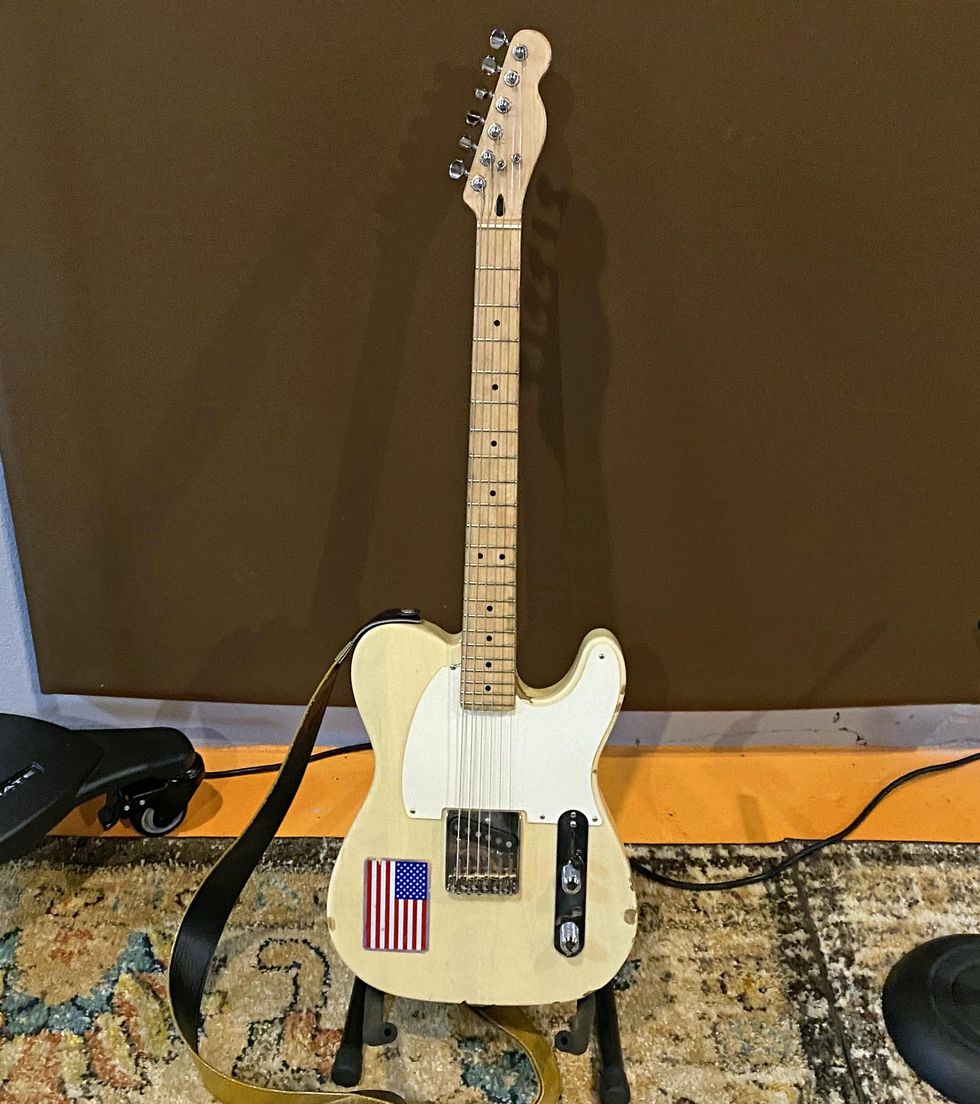
You might not believe it (especially if you take a gander down at his feet and the three pedalboards), but Whores' ringmaster Christian Lembach likes to keep it simple … at least with guitars. His longtime No. 1 is this mid-2000s Fender Classic Series '50s Esquire (MIM). However, that wasn't always the case. He originally pulled the trigger on this reissue to serve as a backup for his then go-to axe (a Fender American Standard Telecaster). Before he trusted the Classic Series for the road, he had to replace the anemic stock single-coil. A friend offered a solution by way of a spare Schecter F520T. Christian wired it into the T and, wham-o, the Esquire instantly became his Excalibur. (Because of the F520Ts being out of production (it's connected with Mark Knopfler in the "Walk of Life" video), Christian has since opted for obtainable F520T recreations—wound and wired by German pickup maker Harry Häussel, and aptly called Walk of Life—in his stage guitars.)
In the Rundown, Christian breaks down the pickup's special DNA: "It's basically an overwound single-coil that has half of the winds in one direction and the other half of the winds in the opposite direction, so you could coil-tap if you want. I don't have it tapped. I have it on full blast, all the time."
He also revels in the Esquire's often misunderstood switching setup. (Why in the hell is there a 3-way switch for a one pickup guitar?!) In the back position, it's just the standard Tele bridge sound that bypasses the tone circuit. The middle slot is your standard Tele bridge setting that brings back in the tone control. And the "neck" or third position removes the tone circuit again and activates a bass boost. He loves how dark and loud that last setting is because, when smeared with fuzz, it balances out for a lively, laser-like tone. Other repairs, upgrades, and switches include an Amazon-purchased, 6-saddle brass bridge, a Mighty Mite maple T-style neck, Hipshot locking tuners, and a bone nut.
The band usually lives in drop-C tuning (CGCFAD), and he plays with light picks (.60 mm) paired with heavy strings (.013–.056). That sort of imbalance allows Christian to hammer on the strings without walloping them out of tune.MJT Musikraft VTM Telemaster
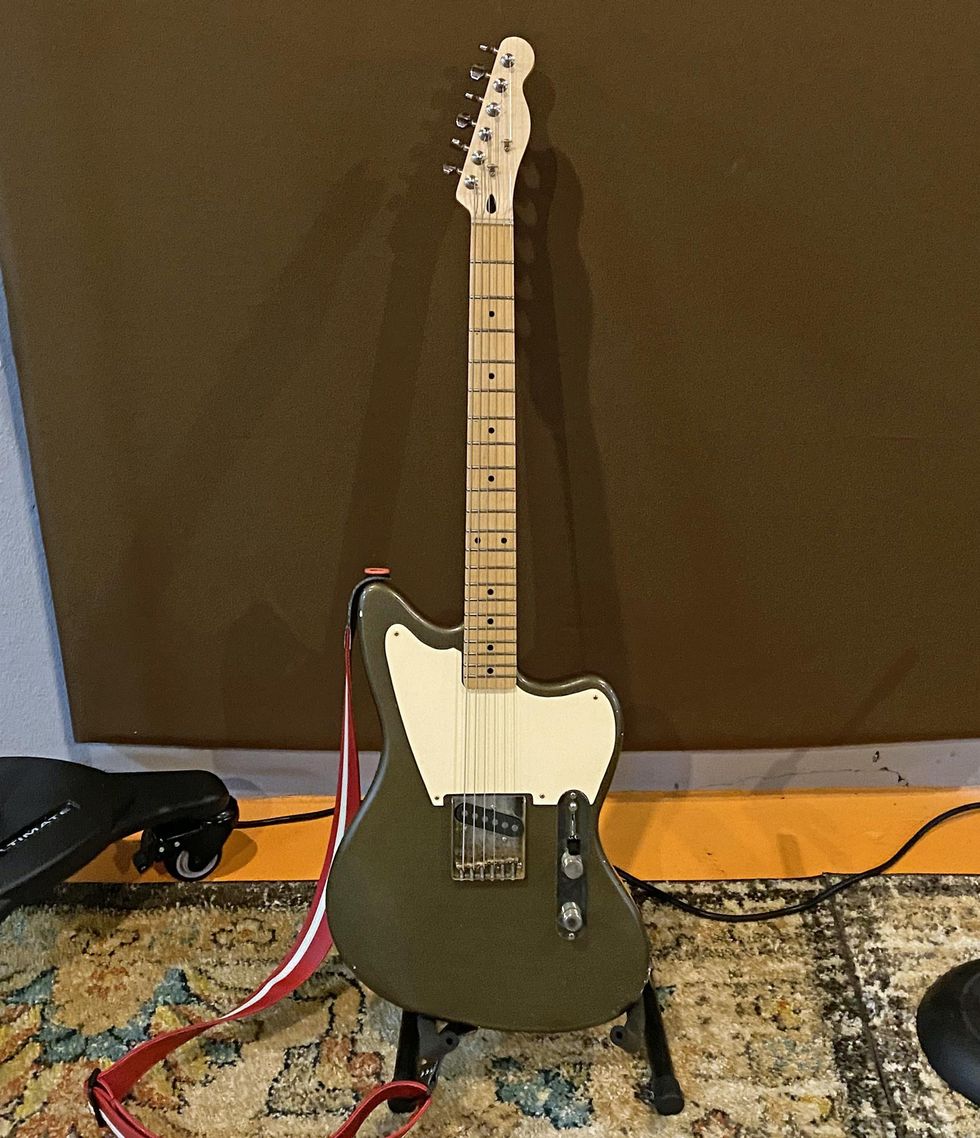
This Fullerton knockoff features all of the same ingredients as the T (Amazon bridge, Mighty Mite neck, Hipshot locking tuners, bone nut, Esquire circuitry, Häussel Walk of Life pickup), but with a MJT Musikraft VTM body. He admits that this one is closing in on the No. 1 slot, because the beveled body is easier on his picking-hand forearm, which gets shredded by the slab-bodied Esquire.
Acrylic B.C. Rich Mockingbird
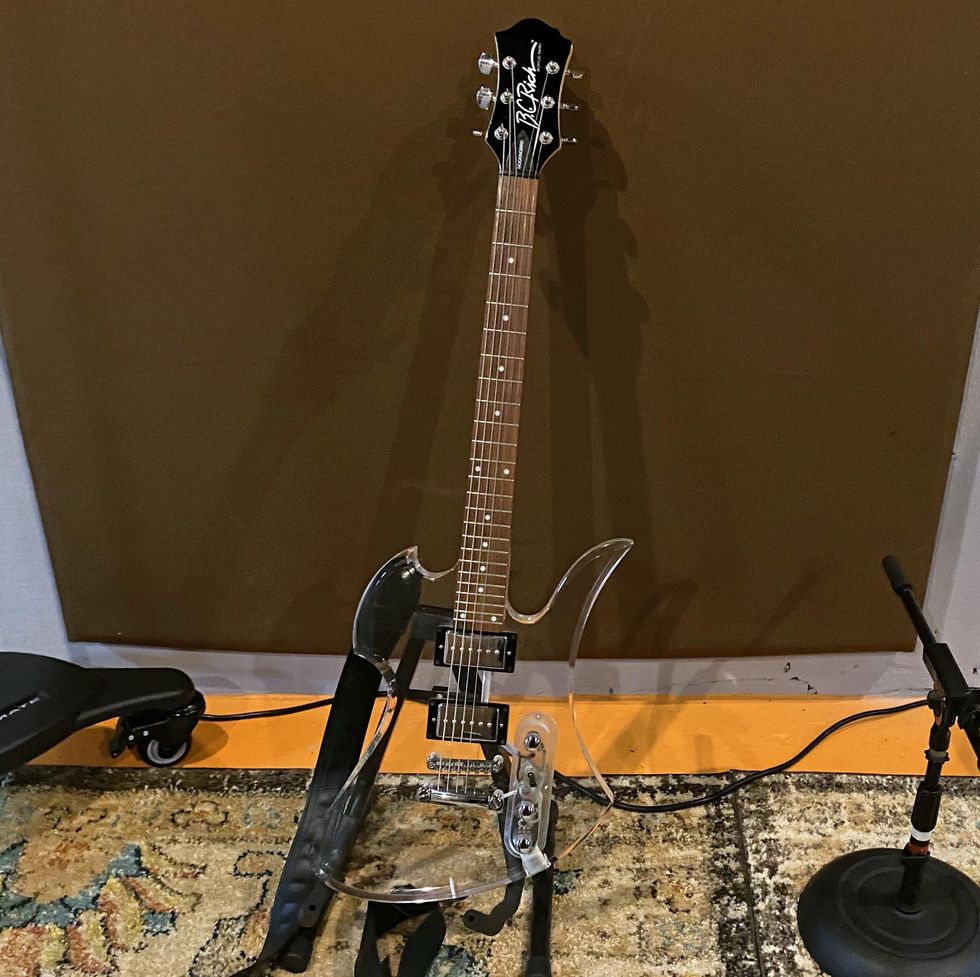
During one of Whores' Canadian tours, Christian blew out his knee. (In true rock 'n' roll fashion, he continued the tour and performed sitting down.) While at home recovering from surgery, he was browsing online and came across this acrylic B.C. Rich Mockingbird. He screenshot the bodacious instrument and shared it on his social media because it was that cool. Well, friend and fan John Cooper bought the guitar and contacted Lembach, who appreciated the sentiment but said he had no spare cash for the instrument because of the surgery. Christian didn't realize that Cooper bought it for him as a gift. The below guitar might not see a lot of stage time (our necks hurt just looking at it), but it will always have a special spot in Lembach's boat.
1960s Marshall 100W Super Lead
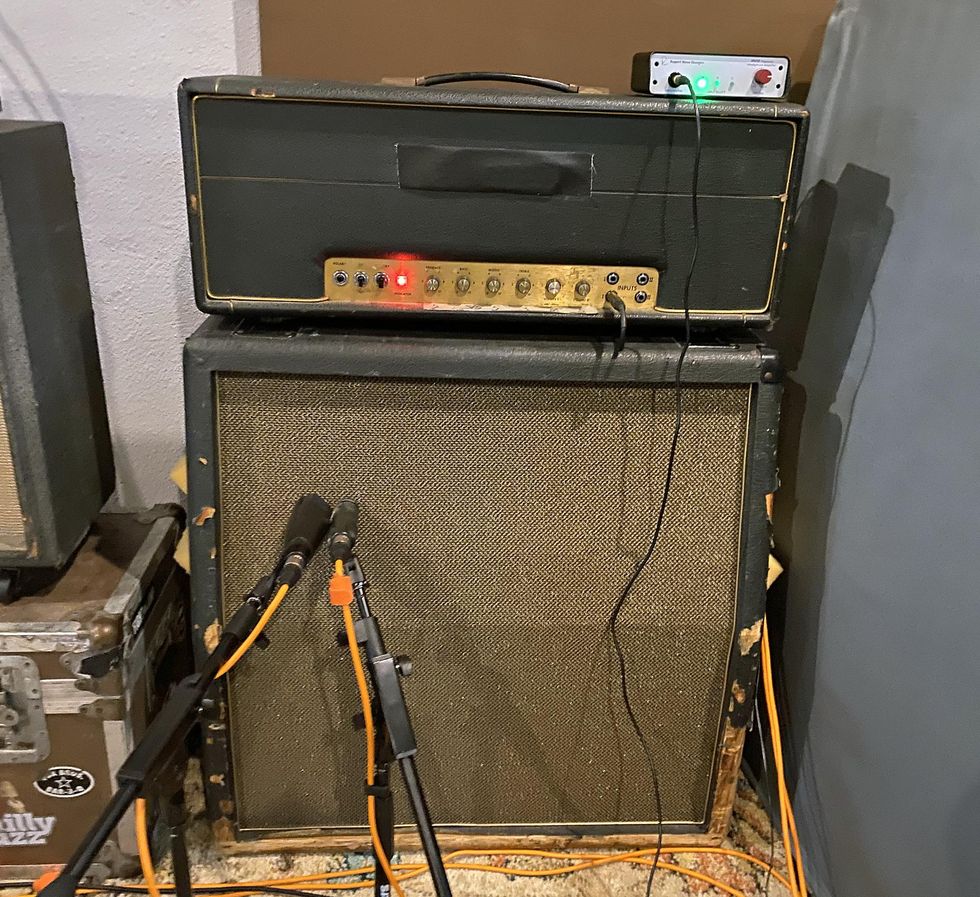
For his auditory assault, Christian packs a one-two Marshall punch. Below is a late 1960s (or possibly early '70s) 100W Super Lead. He runs that through a Marshall JCM800 1960A Slant 4x12 cabinet filled with Celestion G12T-75s.
2000s Marshall 1959SLP 100W Plexi Reissue
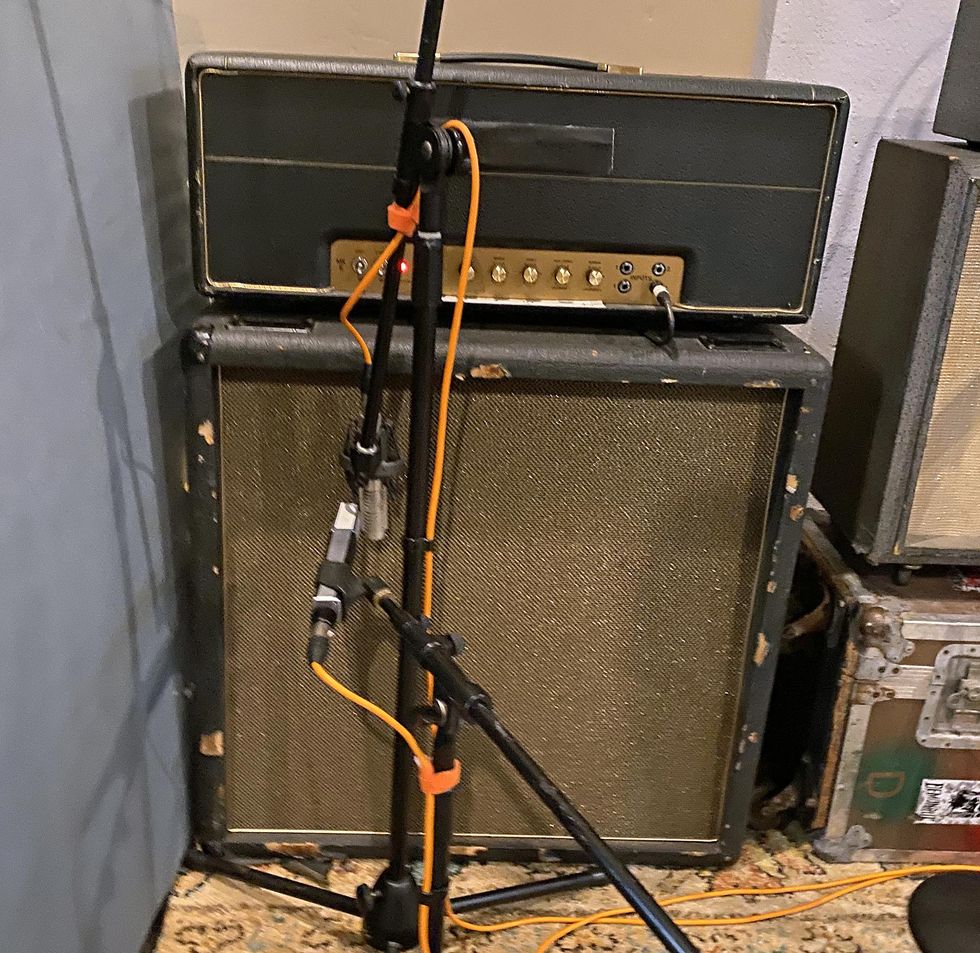
The second part of the amp equation is this 2000s Marshall 1959SLP 100W plexi reissue. This one hits a Marshall JCM800 1960B straight 4x12 cabinet that's also loaded with Celestion G12T-75s. Both of the heads have lower gain than stock plexis, because Lembach put in 12AU7 preamp tubes. To give himself even more headroom, he plugs into the low inputs and both heads have been upgraded with Mullard or Tung-Sol EL34s. (He plugs into channel 1 of the original Super Lead, which is internally jumpered, while he plugs into the low-input channel 2 of the reissue.)
1960s Silvertone 1484
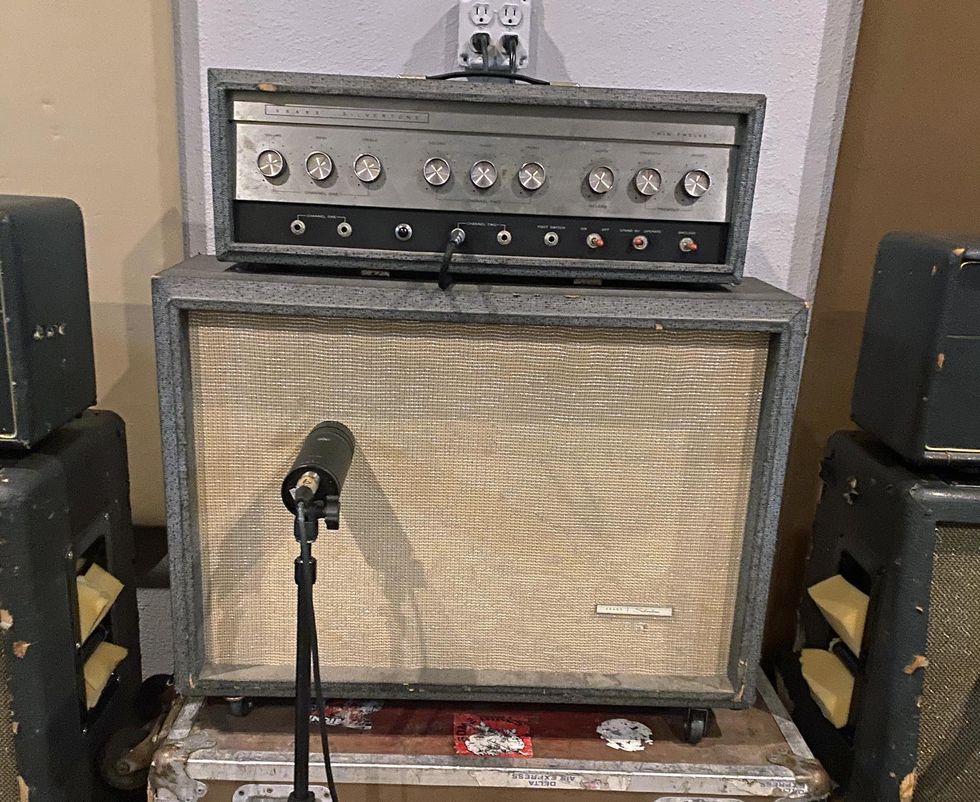
His latest gear acquisition before entering the studio was this 1960s Silvertone 1484 head and cab.
Christian Lembach's Pedalboard #1
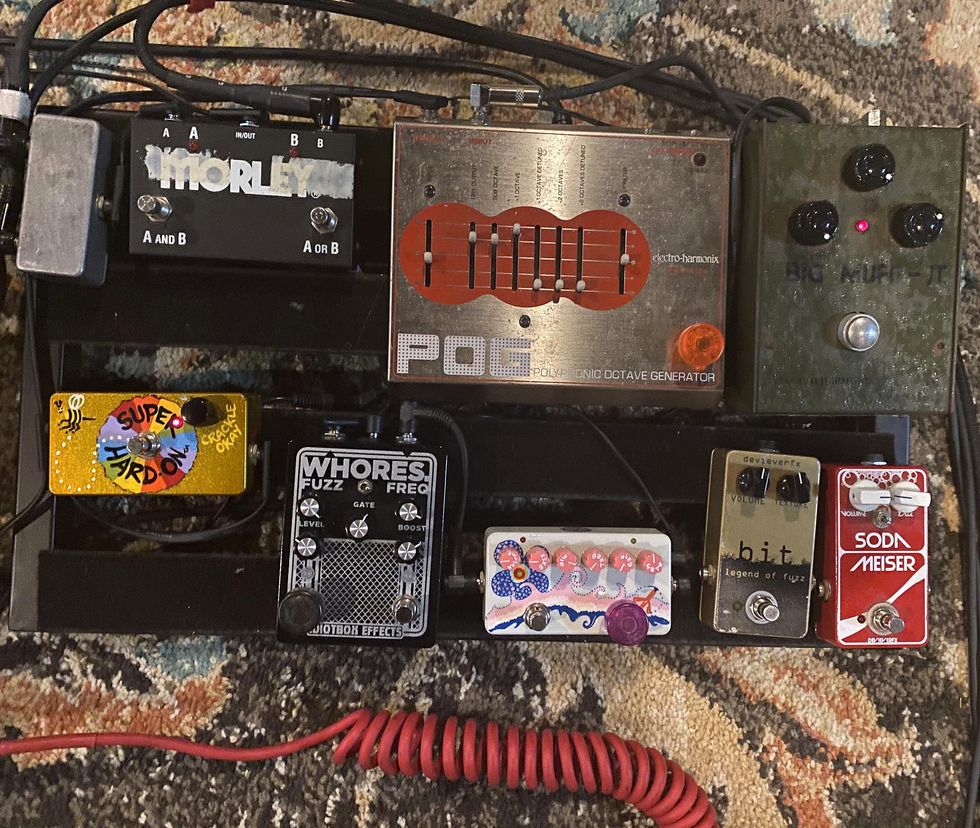
We were lucky enough to swoop in to producer/engineer Ryan Boesch's Candor Recording while Whores tracked their new album. (Lembach does admit to traveling with a lot of pedals, but this amount is insane and for studio shenanigans.)
To try to make sense of this plethora of pedals, let's start at the end. Christian divides his pedalboards into two paths. The A loop is everything except what's in loop B. The B loop is the always-on, menacing combination of the ZVEX Super Hard On ("SHO" as Lembach calls it) and the green, tall "bubble font" Russian Big Muff. "That combination is literally on every song we've ever recorded and is used on every song we perform. It's the reason this band exists," he says.
Lembach has it set up this way so he can go from any sound conjured in the A loop to the aforementioned destructive duo on a dime. (In the next photo, you'll see a small, non-descript gray box in the lower-right corner that switches between A and B loops.) Everything else on this board (lower right) includes a pair of Devi Ever FX stompbox (a Soda Meiser and a Bit: Legend of Fuzz), a ZVEX Box of Metal, signature IdiotBox Effects Whores Fuzz/Filter, and an original Electro-Harmonix POG. A Morley ABY box switcher commands the Marshalls.
Enter to win Christian's signature IdiotBox Effects Whores Fuzz/Filter!
Christian Lembach's Pedalboard #2
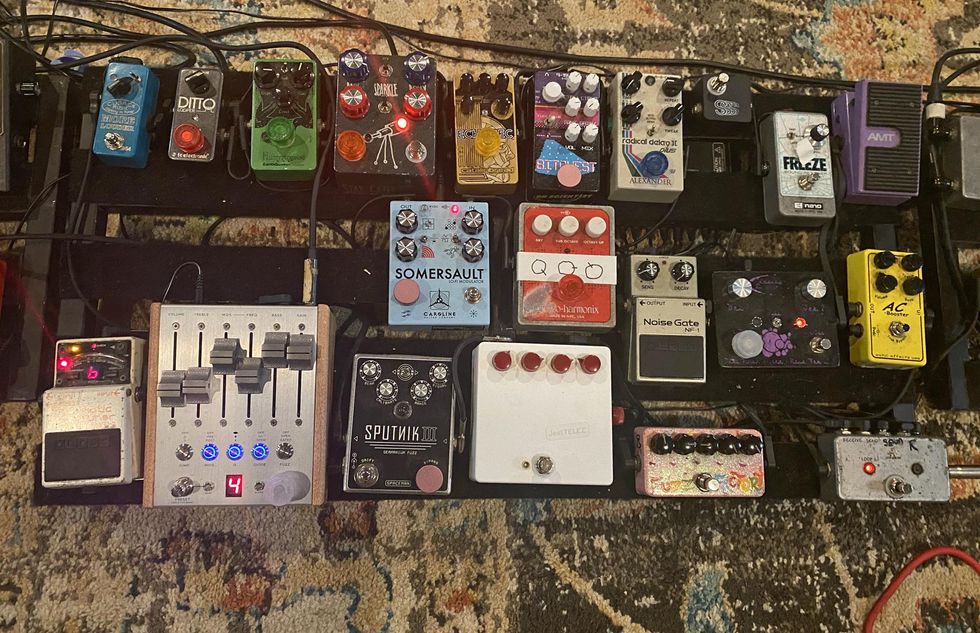
Moving left, the pedal parade continues (bottom right) with a ZVEX Fuzz Factory, Jext Telez White Pedal (fuzz/overdrive), Spaceman Effects Sputnik III, and Chase Bliss Audio Automatone MKII Preamp. (Those last two pedals were both presents from his better half.) The middle row consists of a Caroline Guitar Company Somersault, EHX Micro POG, Boss NF-1 Noise Gate (because of Steve Albini), Keeley Nova Wah, and an Xotic AC Booster. And the top row starts with a Cusack More Louder clean boost, TC Electronic Ditto Looper, EarthQuaker Devices Hummingbird, Hungry Robot Pedals Stargazer (V1), Catalinbread Echorec, Dr. Scientist BitQuest, Alexander Pedals Radical Delay II Plus, JHS Stutter (small black box), an EHX Freeze, and an AMT Electronics Japanese Girl Wah. A Boss TU-2 Chromatic Tuner keeps his guitars in check. While he doesn't claim to have Eric Johnson's hear-the-difference-in-9V ears, Lembach does claim to distinguish differences between all his fuzzes and filters.
Christian Lembach's Pedalboard #3
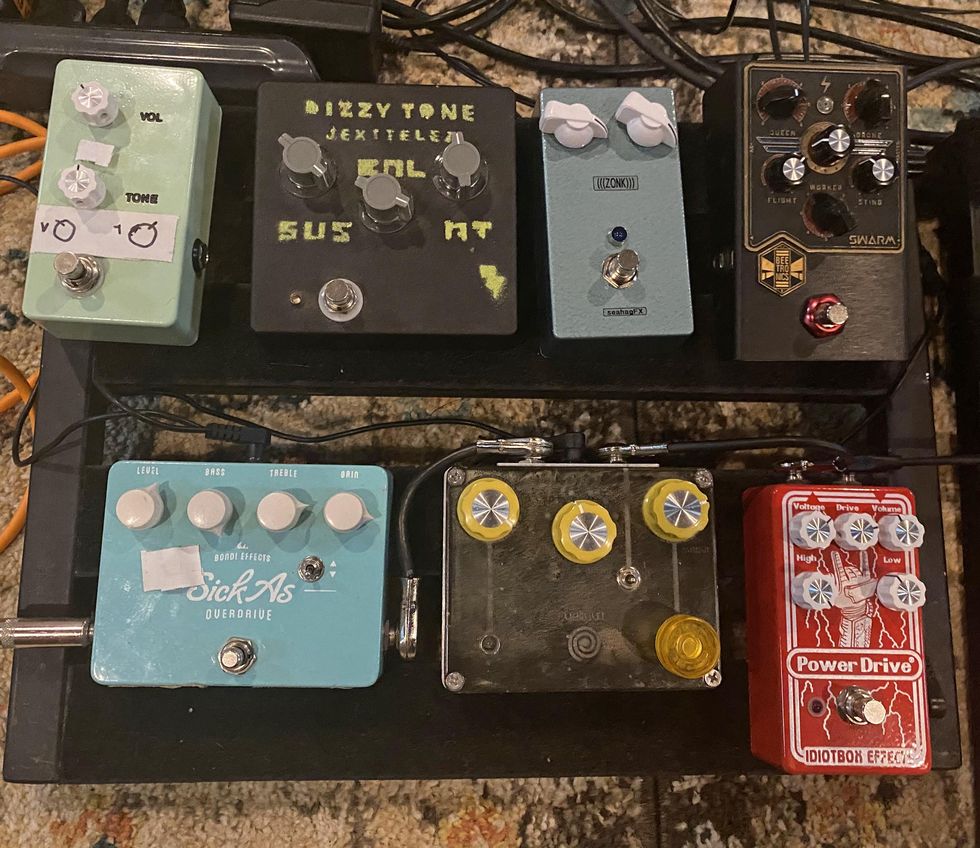
This last board is specific to studio experimentation. It has an IdiotBox Effects Power Drive, Spiral Effects Yellow LM741 Overdrive, Bondi Effects Sick As Overdrive, Beetronics Swarm, seahagFX Zonk (clone), Jext Telez Dizzy Tone (OC44 transistors, for pedal nerds), and a Montreal Assembly Your and You're (fuzzy synth).







![Rig Rundown: Russian Circles’ Mike Sullivan [2025]](https://www.premierguitar.com/media-library/youtube.jpg?id=62303631&width=1245&height=700&quality=70&coordinates=0%2C0%2C0%2C0)




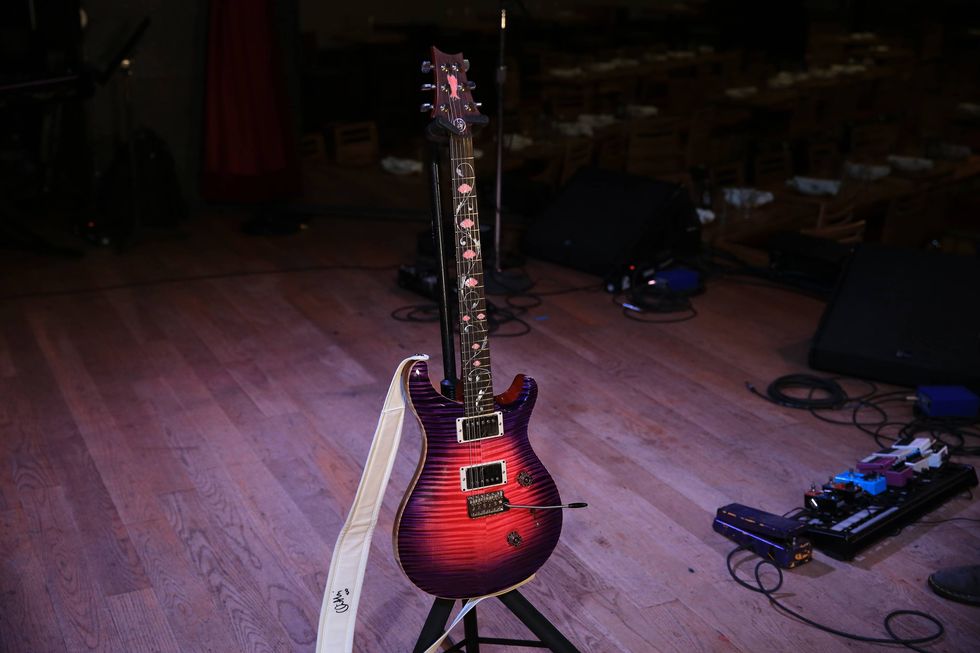
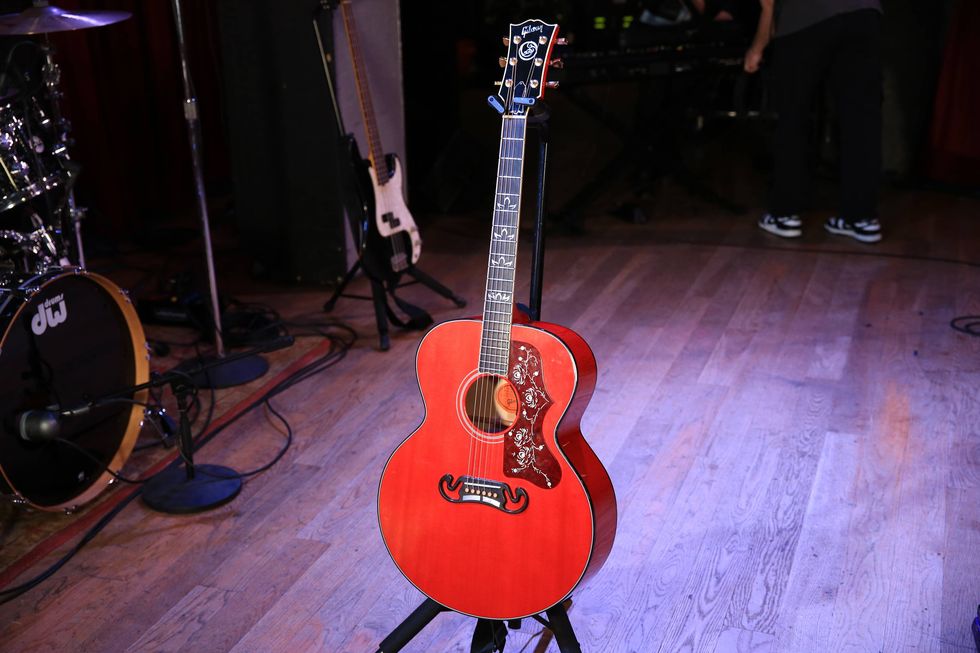
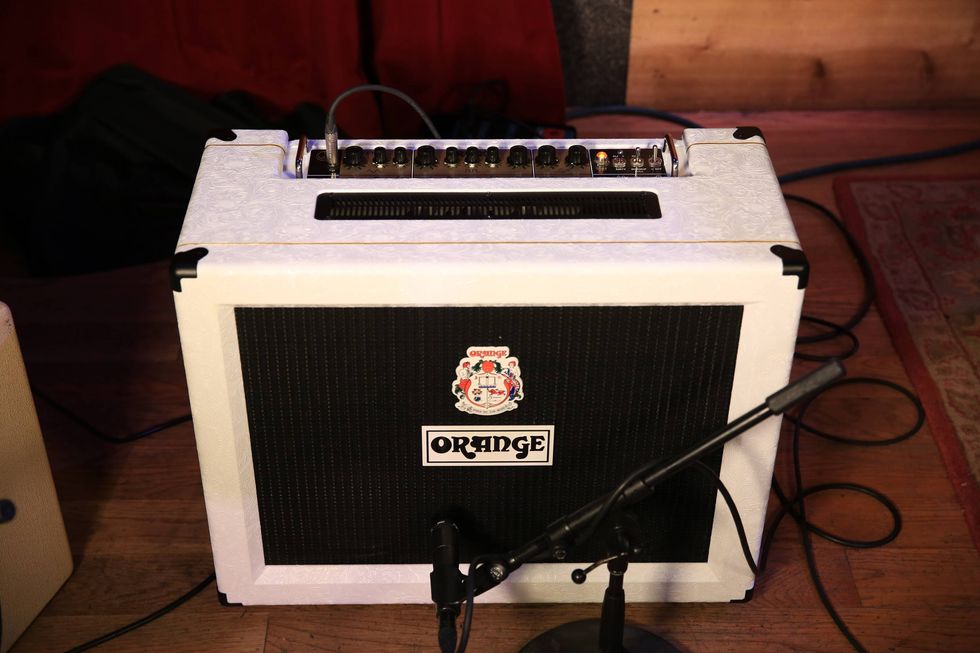
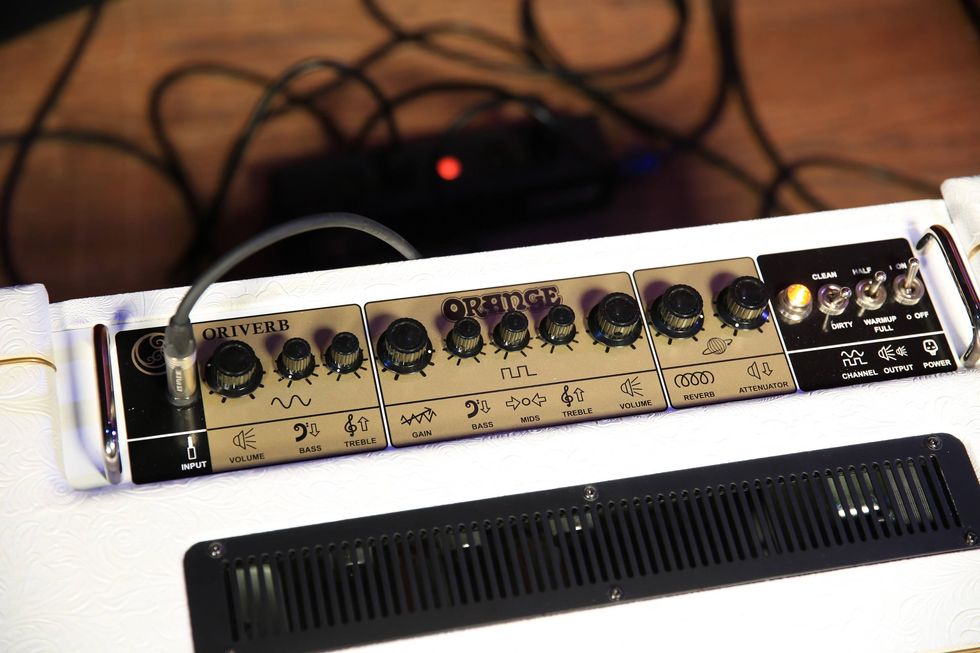
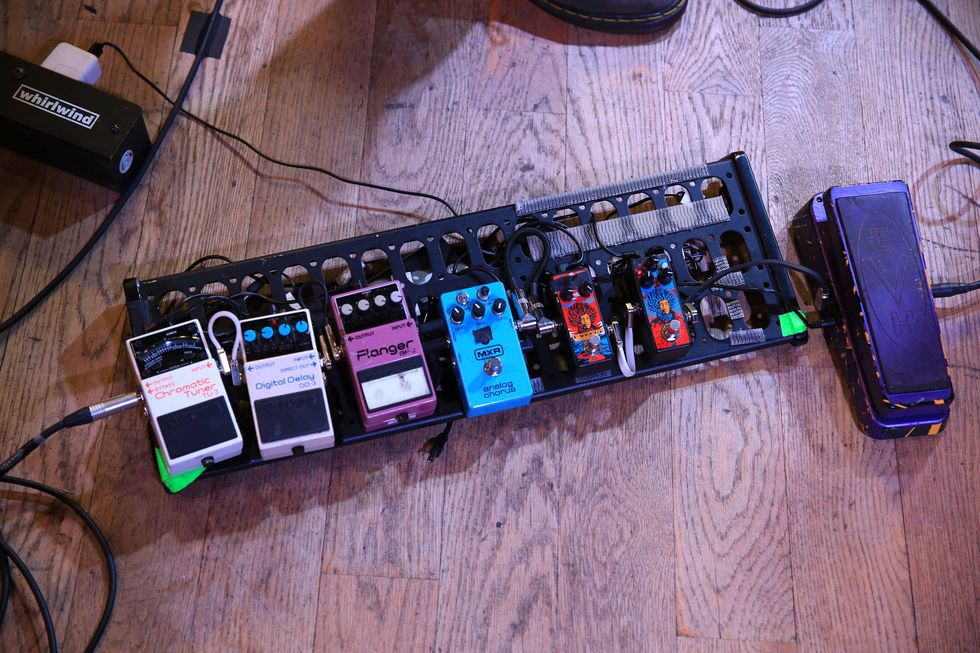







![Rig Rundown: AFI [2025]](https://www.premierguitar.com/media-library/youtube.jpg?id=62064741&width=1245&height=700&quality=70&coordinates=0%2C0%2C0%2C0)












 Shop Scott's Rig
Shop Scott's Rig







 Zach loves his Sovtek Mig 60 head, which he plays through a cab he built himself at a pipe-organ shop in Denver. Every glue joint is lined with thin leather for maximum air tightness, and it’s stocked with Celestion G12M Greenback speakers.
Zach loves his Sovtek Mig 60 head, which he plays through a cab he built himself at a pipe-organ shop in Denver. Every glue joint is lined with thin leather for maximum air tightness, and it’s stocked with Celestion G12M Greenback speakers.








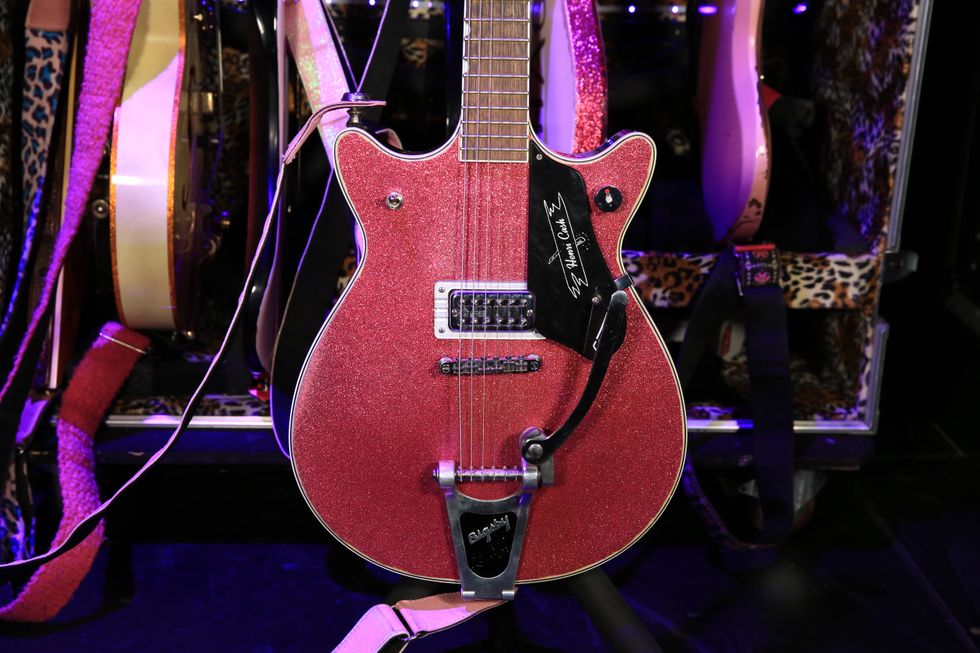
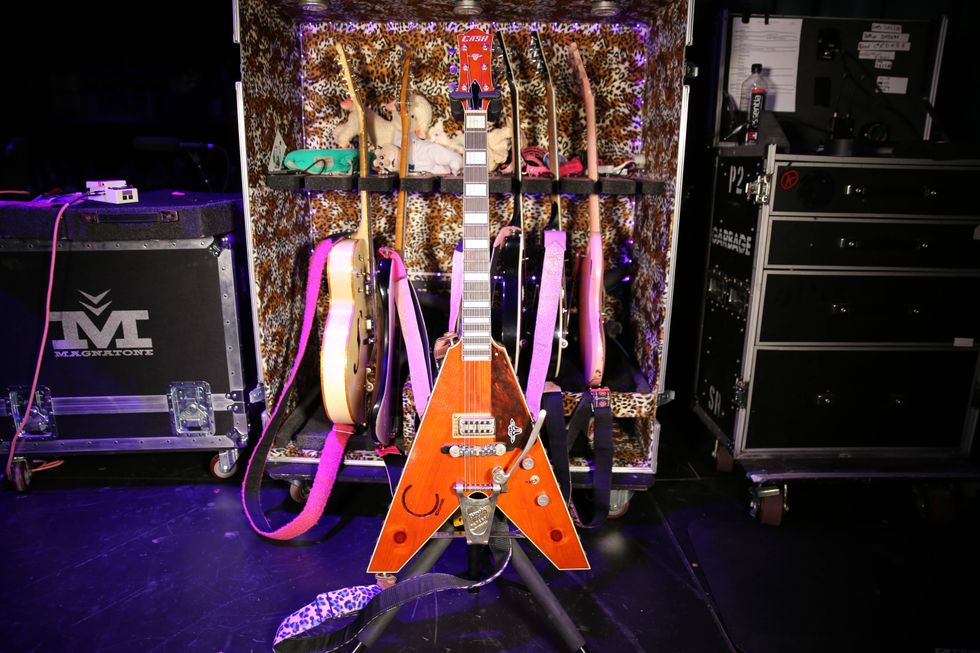
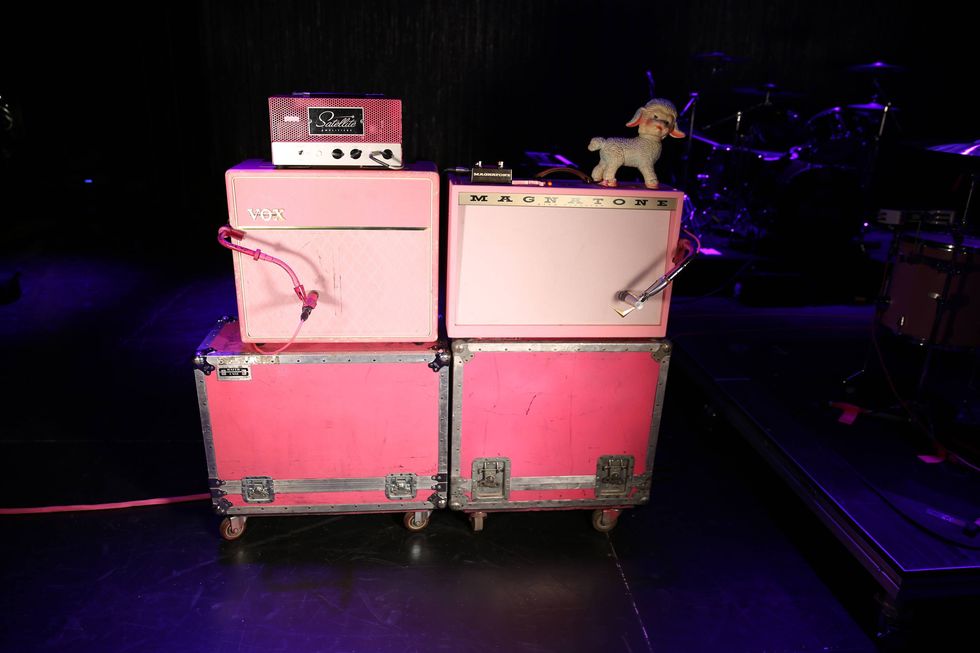
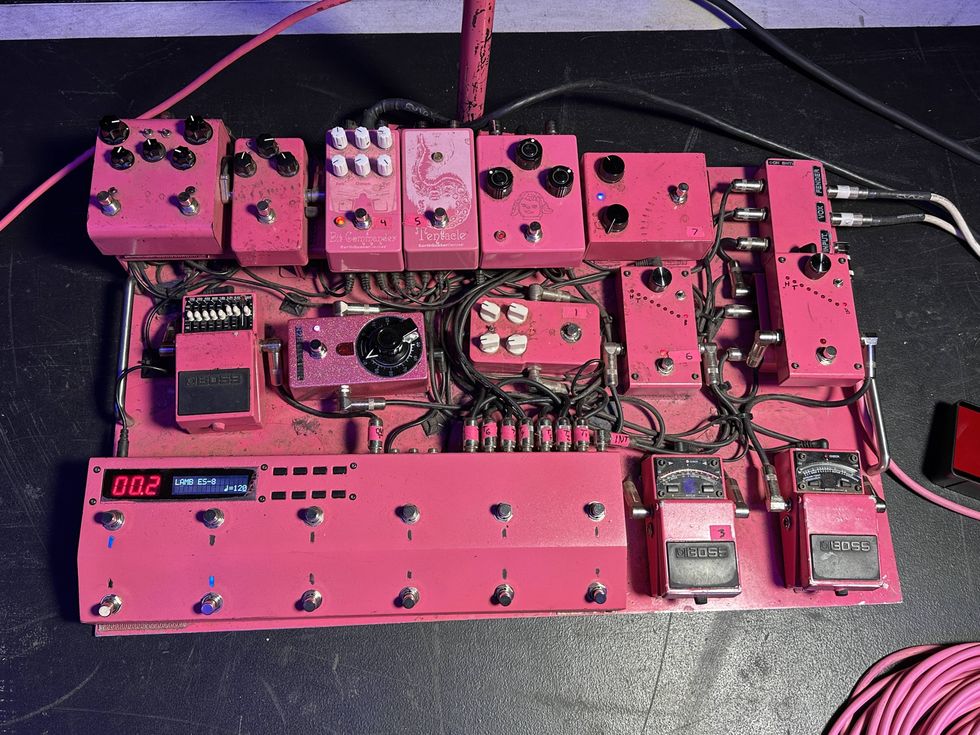
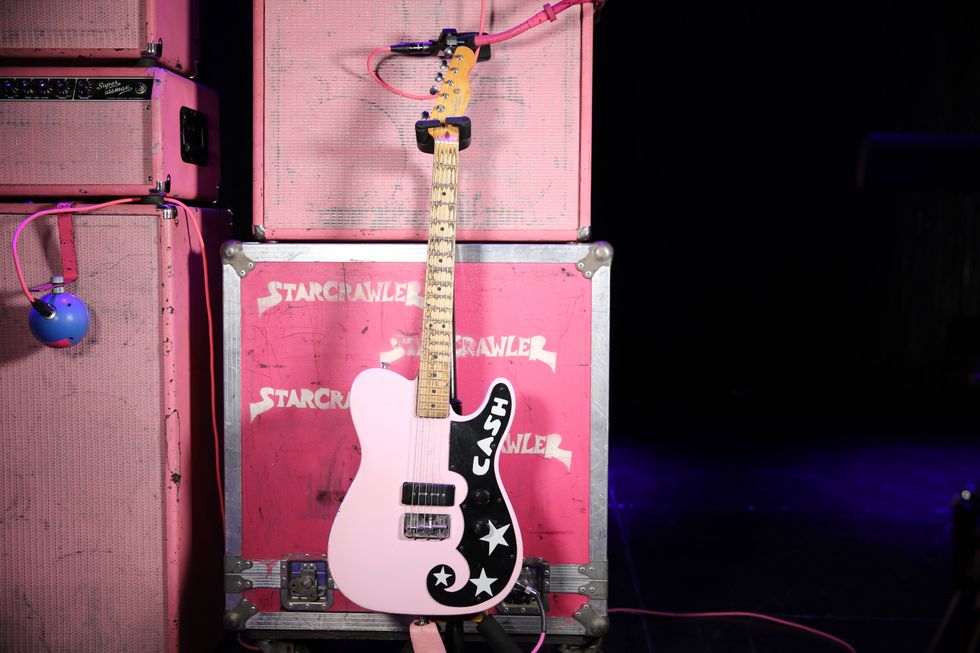
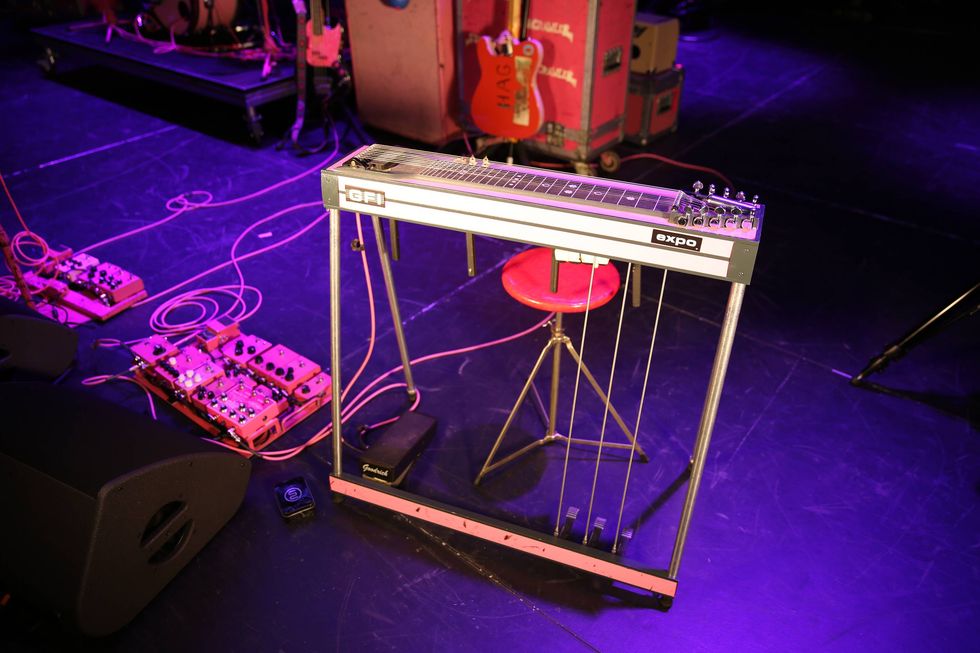
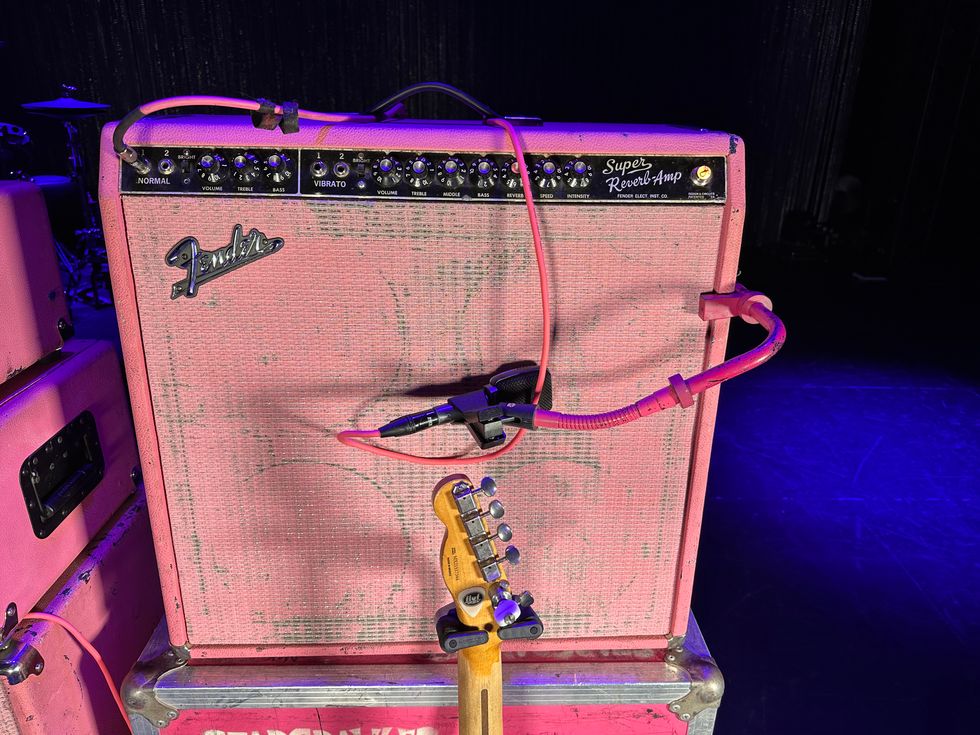
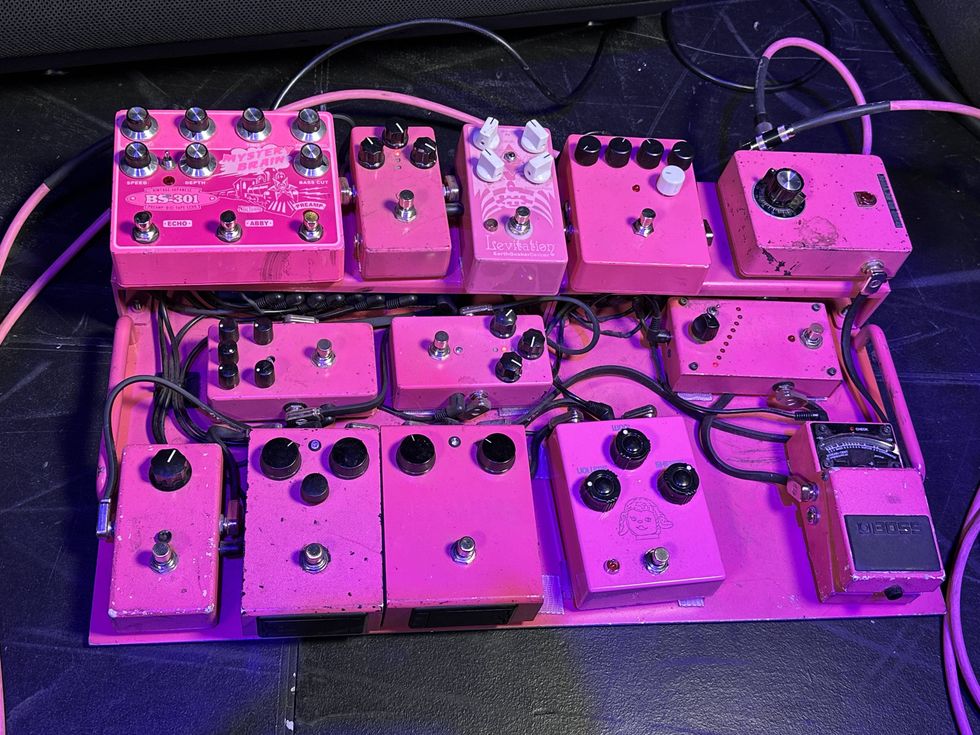

![Devon Eisenbarger [Katy Perry] Rig Rundown](https://www.premierguitar.com/media-library/youtube.jpg?id=61774583&width=1245&height=700&quality=70&coordinates=0%2C0%2C0%2C0)






